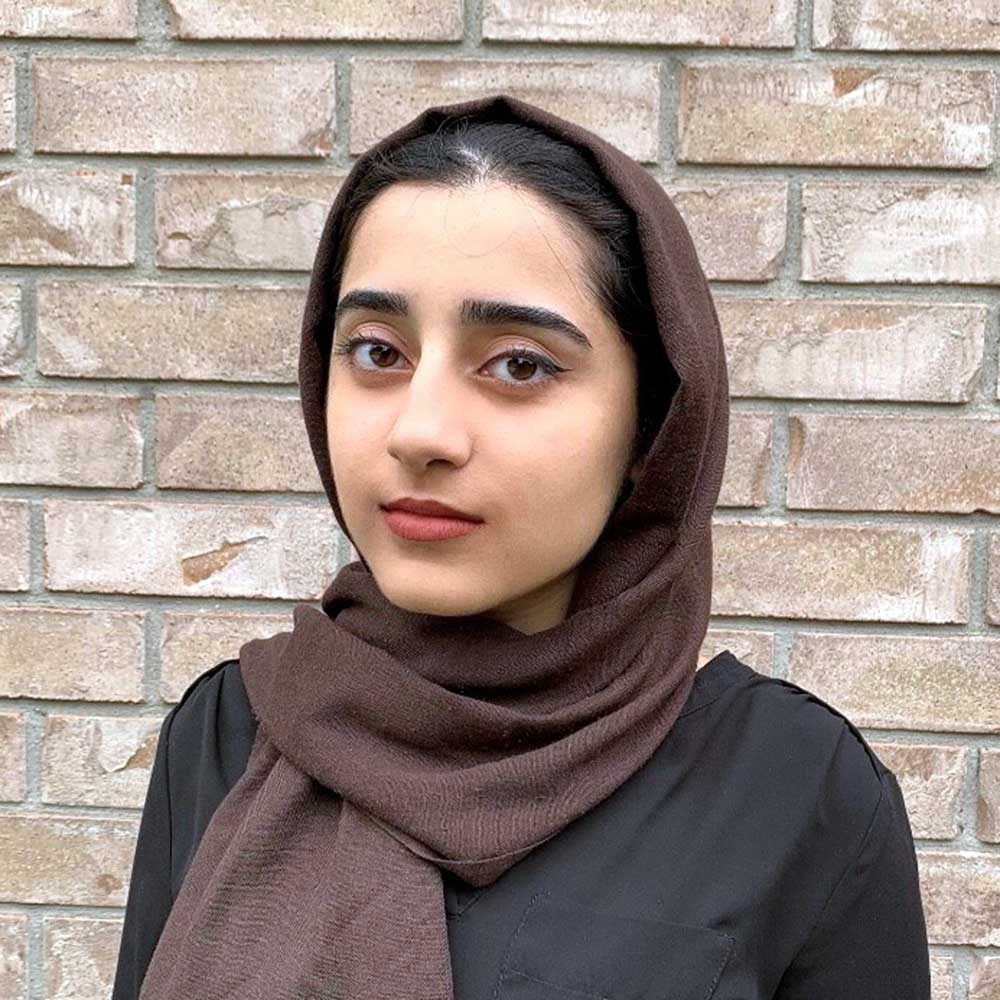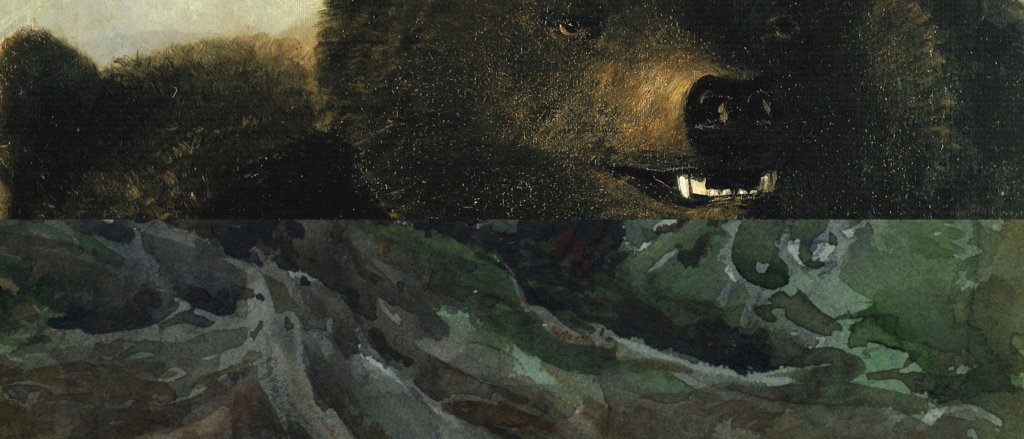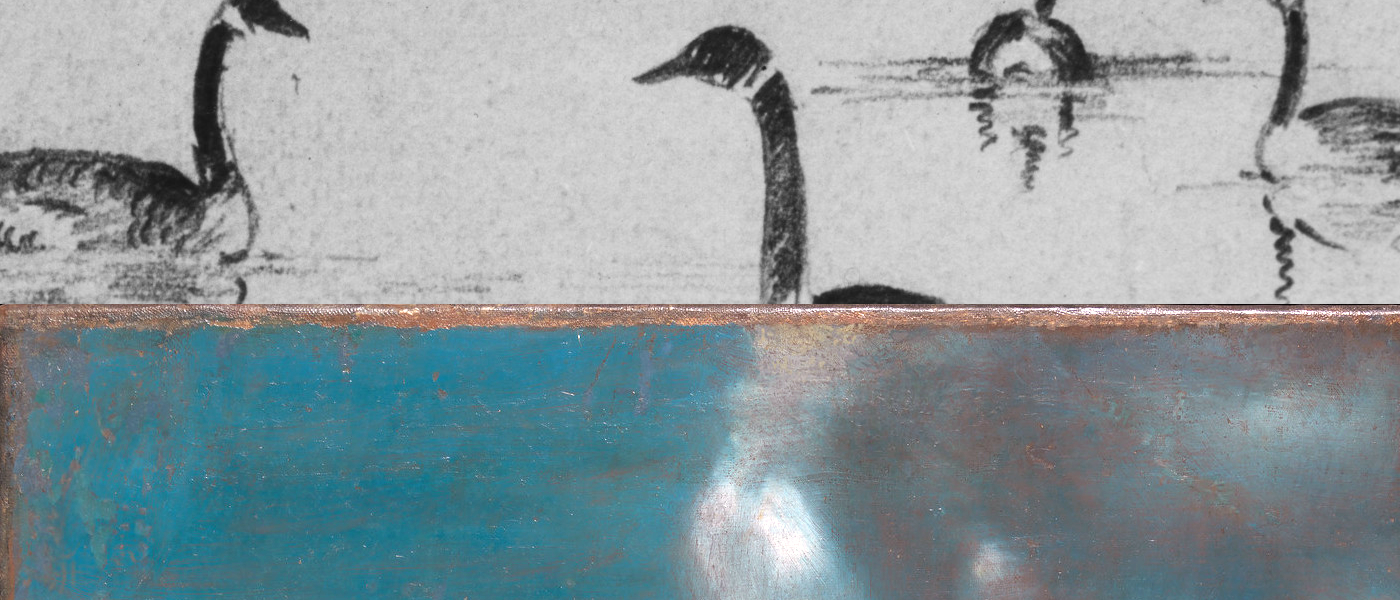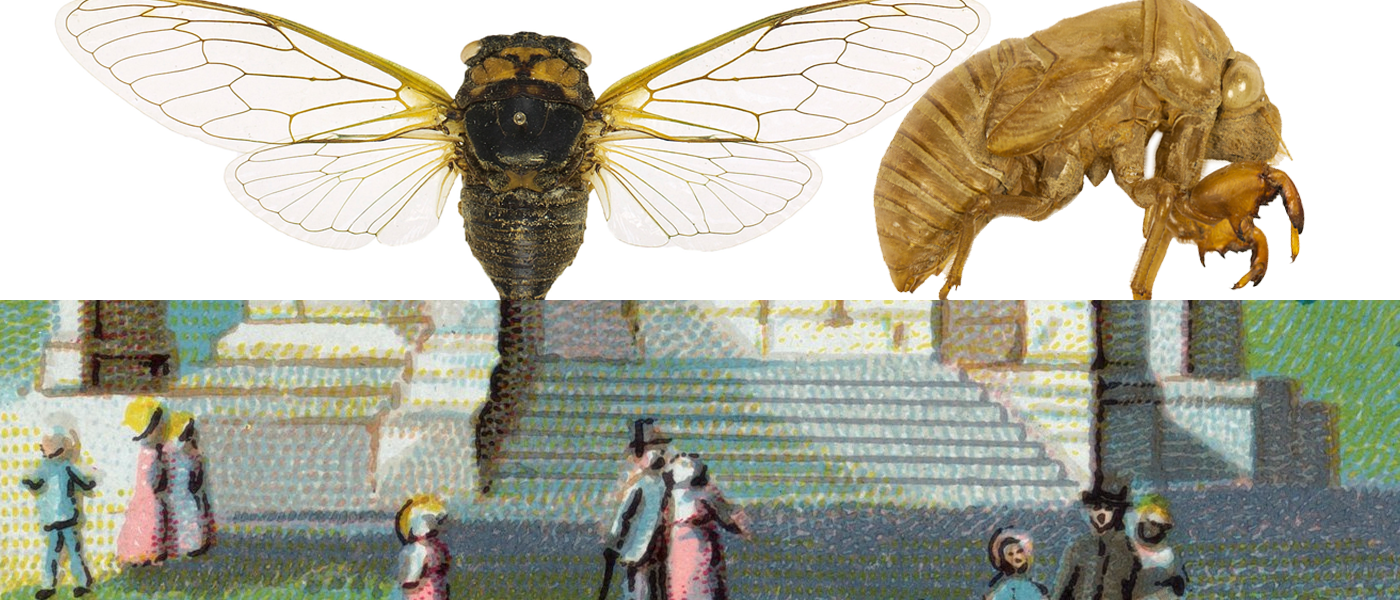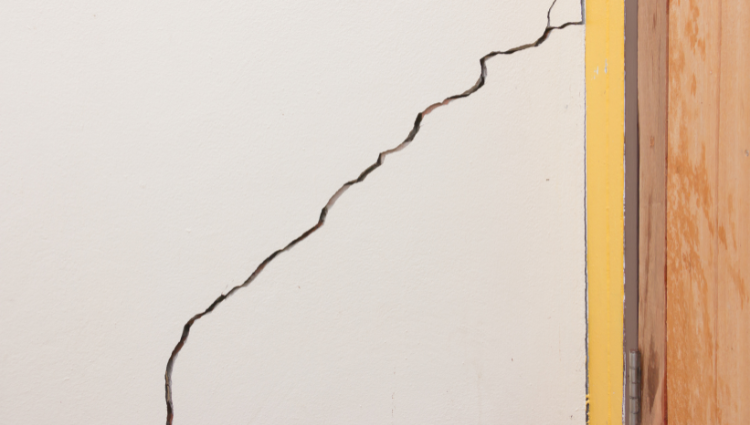I.
I’ve been lying for a long time, so let me tell you a story.
We can never go back to who we were, despite the bravado
of the dog quaking before the wolf. Despite the dream
to be left alone, untouched. Untouched, flesh rustles
like a fire, begging. On four legs, for meat, any kind
of meat, shaking the thought from its skull. A skull
hollow as the sly wolf’s slyer moon. Its hidden face
whispers into the flaring ear of the sun, who
considers our potential in the mechanics of space.
The world fogs, warily, in our defense, but the damage
has been done. So reintroduce the dream to the land.
Plant a body in the forest and wait for an arc, a plot,
a villain. One twist after the other until the light ends. Physics
or God, it only depends now on who is telling the story.
The wolf knows what you’ve inherited, so call the wolf
and the moon both monsters. No one will stop you.
II.
The story of the boy in the forest ends with the death
of the forest’s king. A boy found in the dirt will win
when there’s nothing to be won. The king’s hunger
was merely another river. Survival as a result of killing
begets a future of killing, a future incomplete without the ally
-friend-father, so naturally at the boy’s side is the bear.
The boy would be dead without the bear, and the bear, who eats
uncomplaining insects and fruit, is harmless without the boy.
You must make a decision: the boy or the bear. The king
is dead and only one can be left alone. So place them
in a cage of heat and wait for an impossible past
to resurface, to touch this new world. The boy’s mother,
a figment of earth and sky, is dead, so he has nothing
to lose. The bear has its body, a proxy. This could take
a while, but if the boy is a liar, he will kill the insects
and eat the fruit. If not, this will end quickly. They have all
the time in the world, but the story must end, as all stories do.
III.
Seize the forest, and build the new world from its flesh.
Out of the smoke a figure emerges and sits on a throne warmed
by bones. Blood for blood, parrots the dog. For scraps it whines,
wags, never recalls the wolf until both are thrown into a stadium,
a fire, a prophecy, a dream. The victor will eat beside
the throne while the sun’s eyes are elsewhere and the moon
dances for us. The pendulum moves in both directions,
despite gravity, despite fate, gleaming gold and red
as the horizon. Tell me, what is there left to become?
An arrow with a rope tied to the end, splitting the smoke
to pierce the sun? Or the stone carving the moon’s pearl jaw?
There is no truth. There are only these hands,
and even they are sharpened by your gaze. Even they,
here in the dark, will mistake memory and myth.
